Advanced weapons along with clarity on the requirements for gaining membership are what Kiev wants a definitive answer from the North Atlantic Treaty Organization (NATO).
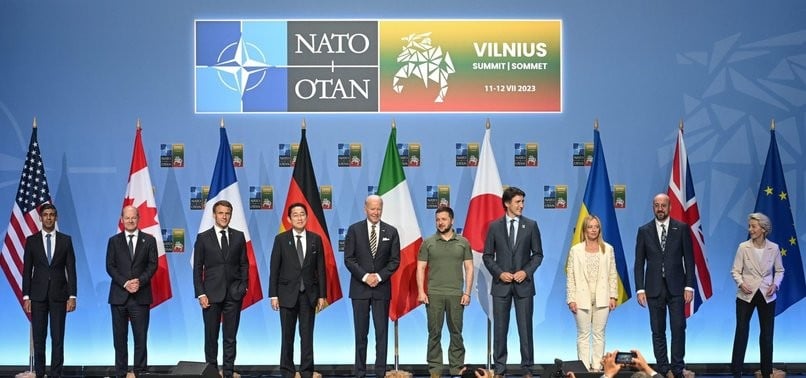 |
| Ukrainian President Zelensky with NATO leaders at the Summit held in Vilnius, Lithuania, July 2023. At the end of the Summit, Ukraine did not receive an invitation to join the alliance. (Source: Anadolu Agency) |
Without new military support from the United States, Ukrainian ground forces will not be able to hold the line against Russian military might. In that context, the U.S. House of Representatives must vote as soon as possible on the emergency spending package that the Senate overwhelmingly approved in February. The most urgent priority is to provide funding to resupply Kiev with artillery shells, anti-aircraft missiles, attack missiles and other critical military supplies.
What Ukraine needs from NATO
But even if Ukraine receives this much-needed support from its allies, the fundamental question remains: How can we help Ukraine secure its own future? That is the question NATO leaders will have to answer when they meet in Washington in July for a summit marking the alliance’s 75th anniversary.
For NATO, the conflict between Russia and Ukraine is not simply about territory. It is also about Ukraine’s political future. The vast majority of Ukrainians want their country to become a member of NATO and the European Union (EU).
The EU has opened accession talks with Ukraine since 2023. But the process will take years to complete. Meanwhile, Ukraine is seeking an invitation to join NATO as soon as possible. But NATO countries appear to be divided on when Kiev should join.
Some members, led by the Baltic states, Poland and France, want the alliance to issue a formal invitation at the Washington summit in July. They believe that the security vacuum in Europe has persisted for too long, giving Russia the opportunity to fill those grey areas, as it did with Ukraine, Georgia and Moldova.
Meanwhile, other members, including the United States and Germany, are not ready to move so quickly toward admitting Ukraine into NATO. Outgoing Dutch Prime Minister Mark Rutte, who is likely to become NATO’s next secretary general, summed up the view at the Munich Security Conference in February: “As long as the conflict continues, Ukraine cannot become a member of NATO.”
Former officials have also proposed various ideas to bridge the gap. One is to extend an invitation to Ukraine but not implement it until some unspecified date. This would be largely symbolic, since nothing in the treaty would apply until all 32 members have ratified Ukraine’s accession. Another idea is to invite Ukraine to start accession negotiations, borrowing a model from the EU’s enlargement process. But the EU candidates want to follow the familiar path of adopting and enforcing EU law for years.
NATO’s equivalent is the Membership Action Plan (MAP), but at the Vilnius summit in 2023, NATO members agreed that Kiev had “more than met” the criteria for this process. Unless the goals and timing of the talks are clearly defined, inviting Ukraine to begin negotiations would leave it in the same precarious position it has been in since 2008, when NATO agreed that Ukraine “will become” a member of the alliance.
The Washington summit in July could provide an opportunity to bridge this gap and build consensus within the alliance on Ukraine. The first step would be to clarify what reforms Ukraine needs to complete and what conditions it needs to meet before it can join the alliance.
Second, NATO should take over the coordination of military assistance provided by the alliance of more than 50 nations, helping Ukraine build a modern, joint-operational military. Finally, NATO leaders should increase support for Ukraine’s defense capabilities by providing advanced weapons, such as long-range missiles, that some NATO members are reluctant to provide.
Ukraine's NATO future
At the Vilnius Summit in Lithuania in July 2023, instead of agreeing to extend the invitation that Ukraine wanted, NATO leaders delayed addressing the issue, promising that “Ukraine’s future is in NATO,” while noting that they would only extend the invitation “when the allies agree and the conditions are met.”
While Ukraine is unlikely to be invited to the Alliance’s Washington Summit, the idea from the Vilnius Conference suggests a way forward: NATO should clarify what conditions Ukraine must meet, and then invite Kiev to direct talks at the NATO-Ukraine Council on when and how these conditions will be met.
To reach a consensus among allies, NATO leaders will have to agree on two conditions before formally inviting Ukraine to join the alliance. First, Ukraine must complete the democratic, anti-corruption and security reforms outlined in Ukraine’s Annual State Program, the formal framework that prepares Kiev for NATO membership.
At the Washington summit, NATO leaders are likely to commit to helping Kiev complete these reforms within a year. Second, the conflict in Ukraine must end. As long as there is military conflict in Ukraine, its membership in the alliance could lead to direct NATO confrontation with Russia—a gamble most NATO members are not willing to take.
Before the second condition can be met, NATO must determine what constitutes a satisfactory end to the Russia-Ukraine war. The war cannot be considered over simply because it requires a peace agreement, which is unlikely to happen anytime soon. The widespread belief that all wars end through negotiations is mistaken.
Most conflicts end in either exhaustion or one-sided victory, and few wars end in a negotiated peace. In the future, the best we can hope for is a “frozen” state of war – a cessation of hostilities pending a mutually satisfactory political solution.
At the upcoming Washington summit, NATO leaders are likely to agree to invite Ukraine to join once the conflict in Ukraine has ended satisfactorily: either through a Ukrainian victory, which is highly unlikely, or through a lasting ceasefire or truce. After Ukraine joins NATO, the alliance’s Article 5 commitment to collective defense would apply only to territories under Kiev’s control. That would be a difficult condition for Kiev, which fears a permanent fragmentation of its country. But the prospect of a frozen conflict could prompt Kiev to consolidate the territory it controls and secure NATO membership. Alliance leaders may need to make clear that Article 5 would not apply if fighting resumes as a result of Ukrainian military action.
There have been instances in history of extending a country’s security guarantees to disputed borders. The Treaty of Mutual Cooperation and Security between the United States and Japan, signed in 1960, committed the United States to defend only “the territories under the administration of Japan,” not the northern territories captured by the Soviet Union at the end of World War II. Similarly, when the Federal Republic of Germany joined NATO in 1955, Article 5 applied only to West Germany, while East Germany, including the democratic enclave of West Berlin, was excluded until German reunification in 1990. Before being granted membership, West Germany had to agree “never to use force to achieve German unification or to modify the present boundaries of the Federal Republic of Germany.”
It is understandable that Ukrainian officials at the 2023 NATO summit in Vilnius were concerned that the conditions were “code” for undefined goals. As long as NATO does not define the conditions, it can always create more hurdles for Ukraine to overcome. Ukraine deserves clear answers, and NATO needs to define the terminology for its own internal unity and cohesion. At this year’s summit, all 32 members will have to unite around a common understanding of Ukraine’s path to NATO membership.
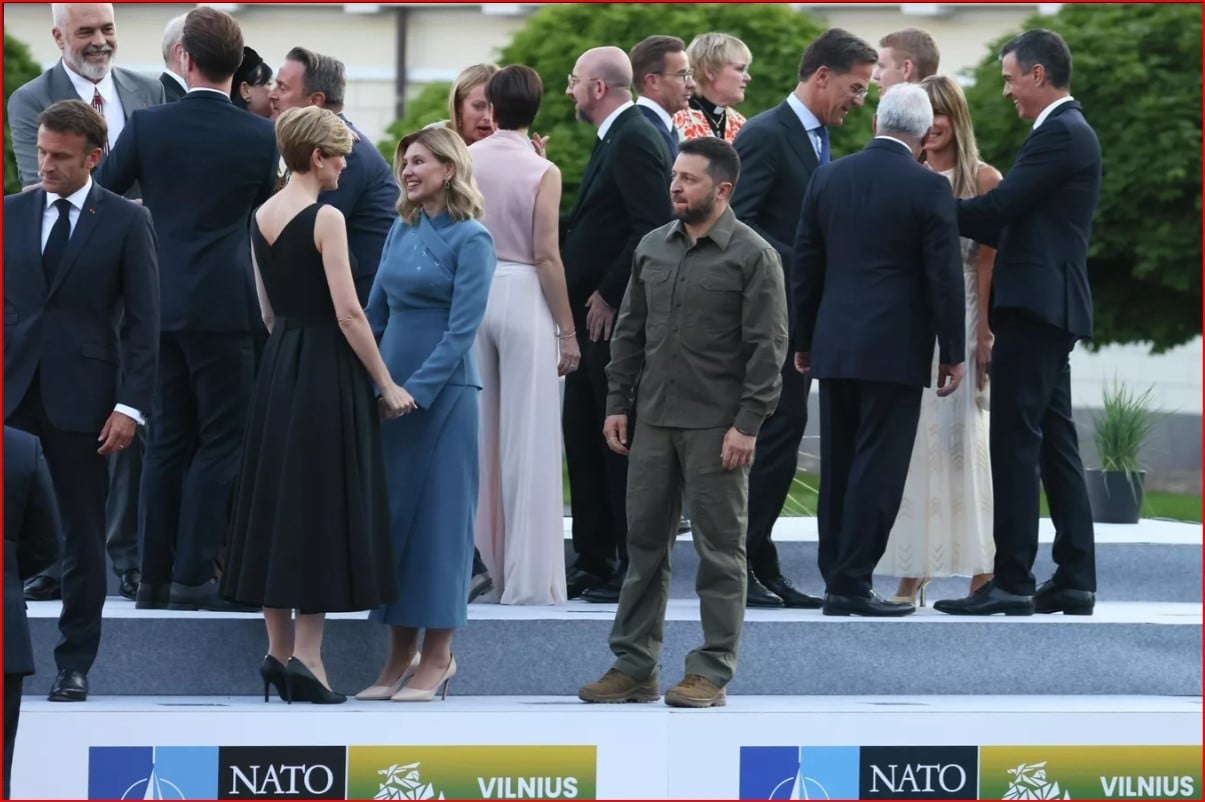 |
| Ukrainian President at the NATO Summit in Lithuania, July 2023. (Source: Sputnik) |
Prerequisites for Kiev
Perhaps the fact that the armed conflict must end as a precondition for Ukraine’s accession to NATO is one of Moscow’s reasons for prolonging the conflict. As long as Russia’s special operations continue, NATO will not accept Ukraine as a new member. That is why Kiev and its allies must show their resolve. They must convince Moscow that Russia is waging an unwinnable war. And to do that, NATO leaders need to agree on three additional measures, all aimed at strengthening Ukraine’s defense capabilities and helping it build a modern military.
First, NATO should replace the US leadership of the Ukraine Defense Joint Group (UDCG), an alliance of some 50 countries that meets regularly to discuss Ukraine’s military needs and decide which countries will provide the necessary equipment. Expanding NATO’s role would institutionalize the alliance’s support for Ukraine, ensuring continuity when the US commitment to Ukraine is in doubt.
Second, NATO must work with Ukraine to develop a long-term vision for its military. Currently, many alliances are focusing on different elements: mine clearance, F-16 capabilities, information technology infrastructure, armor and artillery, and long-range strike capabilities. NATO can and should join these efforts to help Ukraine’s military develop into a unified, fully interoperable force.
Third, NATO should establish a training mission for Ukraine, responsible for coordinating training of Ukrainian forces from the United States, the United Kingdom, and other countries. Training is important for Ukrainian soldiers on the ground and for the future interoperability of Ukrainian forces.
The aim of these three measures is not to reduce individual countries’ involvement, but to make existing efforts to support Ukraine more effective by bringing them under NATO’s purview. Institutionalizing these functions within NATO would send a signal to Russian President Vladimir Putin that strong Western support for Ukraine would make things difficult for Moscow.
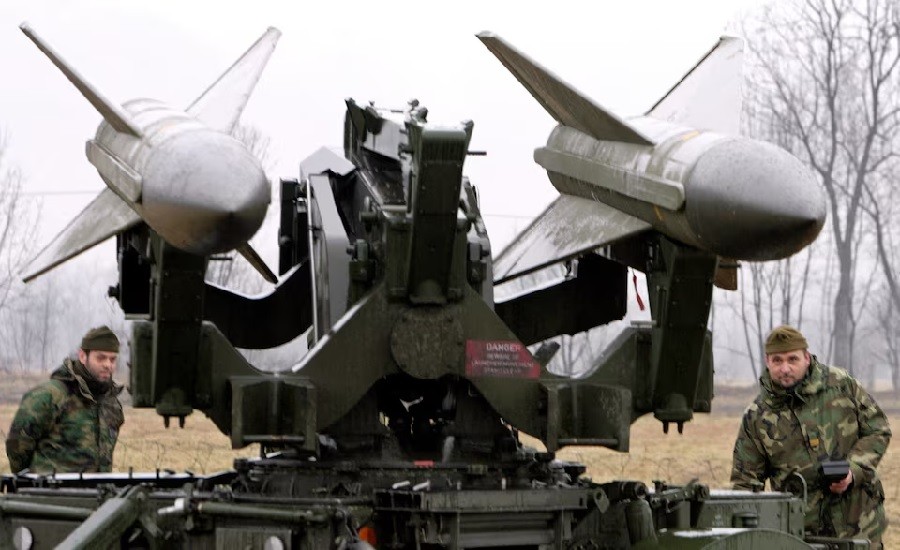 |
| The US and many Western countries have pledged to provide weapons to Ukraine. (Source: Reuters) |
Is NATO safer if it admits Ukraine?
However, no long-term effort will make sense if Ukraine fails in the ongoing conflict. That is why NATO must strengthen Ukraine’s defense capabilities and consider providing Kiev with weapons that are currently unavailable, such as the US ATACMS and Germany’s long-range Taurus missiles.
As the conflict has unfolded, NATO members have sought to balance support for Ukraine with the need to avoid direct confrontation with Russia. NATO countries have limited the types of weapons they will send and the ways in which Ukrainian forces are allowed to use them, including pledging not to attack Russian territory.
The West’s initial hesitation was understandable. But some countries have been too cautious for too long. Some NATO members, like Germany and the United States, have expressed concerns about sending everything from tanks to F-16 fighter jets. But things have changed. Finally getting the US’s blessing in 2023, Belgium, Denmark, the Netherlands and Norway will soon send F-16s to Kiev. Britain and France were the first to send long-range missiles in 2023, giving Ukraine the ability to strike targets in Crimea…
There is a fine line between directly confronting Russian forces and providing Ukraine with the means to defend itself. Using NATO combat forces would be wrong. But providing Ukraine with training, intelligence, surveillance, jamming, and military equipment would be right. NATO members have struggled to find the right balance between fear of escalation and confidence in deterrence. While NATO should remain vigilant to avoid escalation, it can do more to ensure that Russia does not win.
NATO continues to expand eastward, which was one of the reasons Moscow launched a special operation in Ukraine to stop it. But Moscow’s actions have increased the likelihood of Ukraine becoming a NATO member, rather than decreasing it. And when Finland joined NATO in April 2023, allegedly triggered by Moscow’s special operation in Ukraine, NATO’s land border with Russia has more than doubled.
Sweden’s accession in early March 2024 has turned the Baltic Sea into NATO’s own “lake.” And if Ukraine soon becomes a NATO member, the conflict between Russia and Ukraine could also be used as a reason to accelerate Kiev’s NATO accession process, arguing that this would make Ukraine and the entire Europe safer.
Source


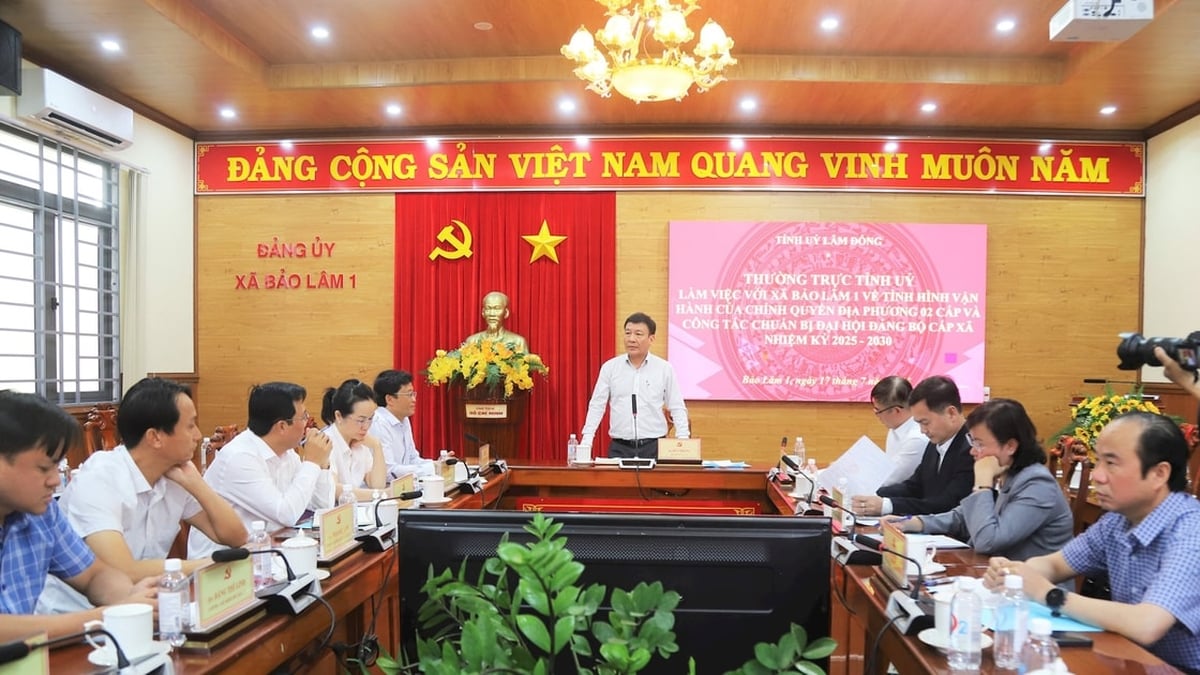
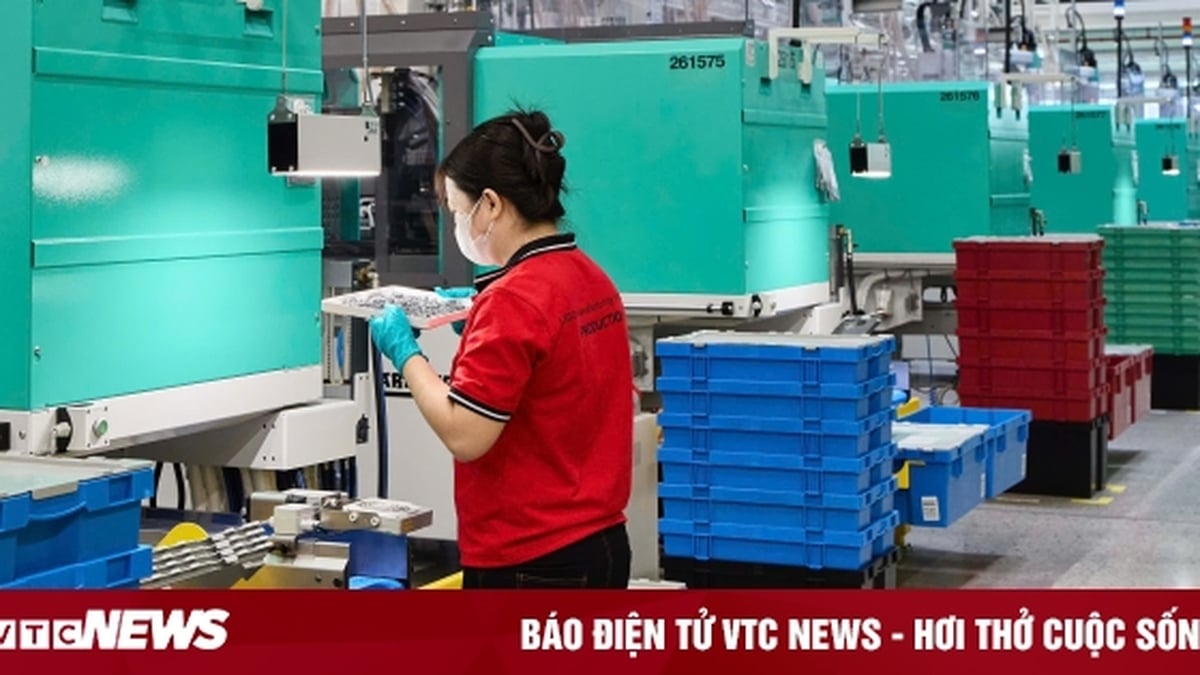


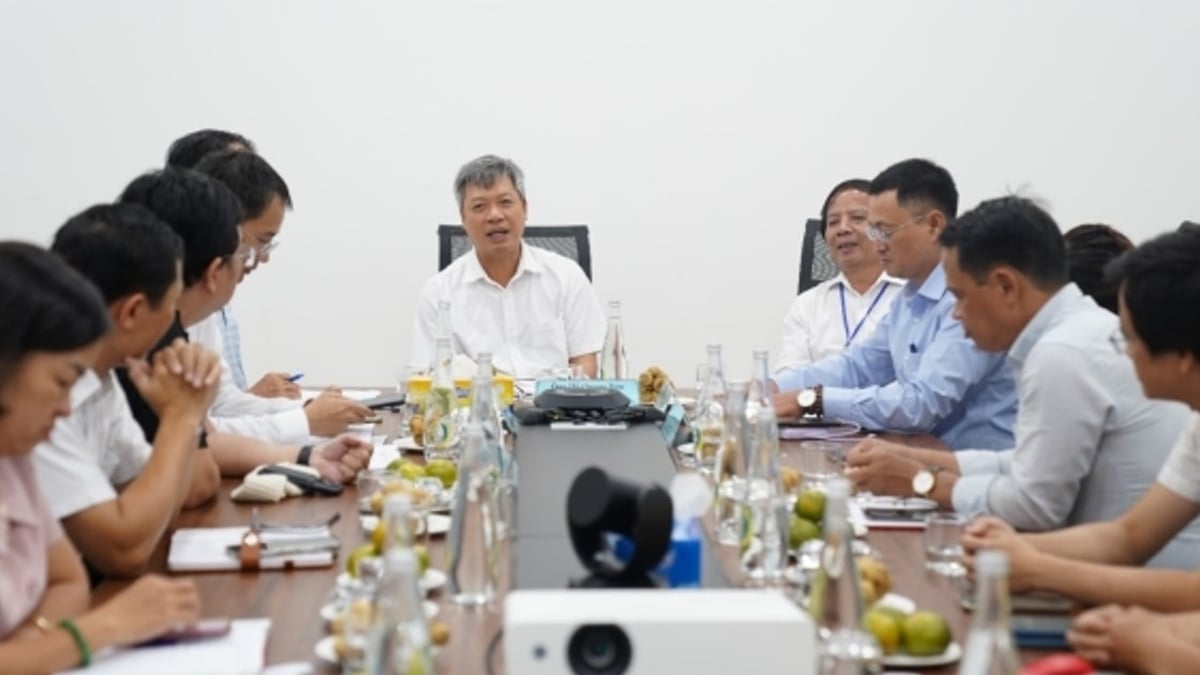
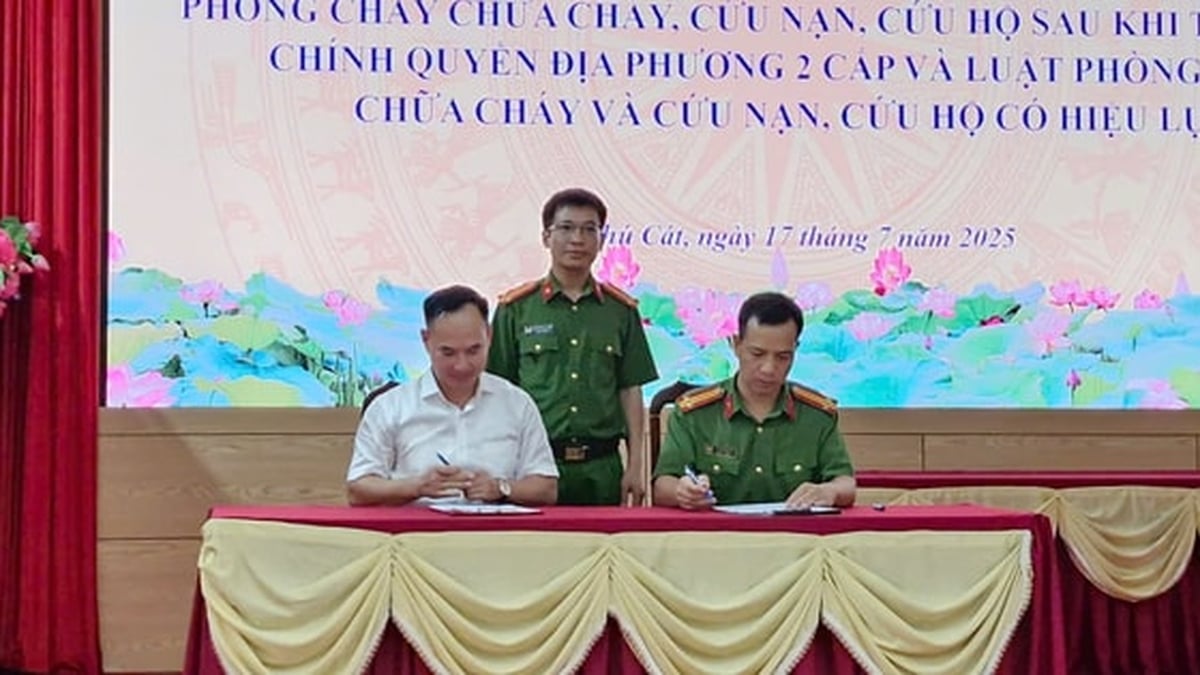
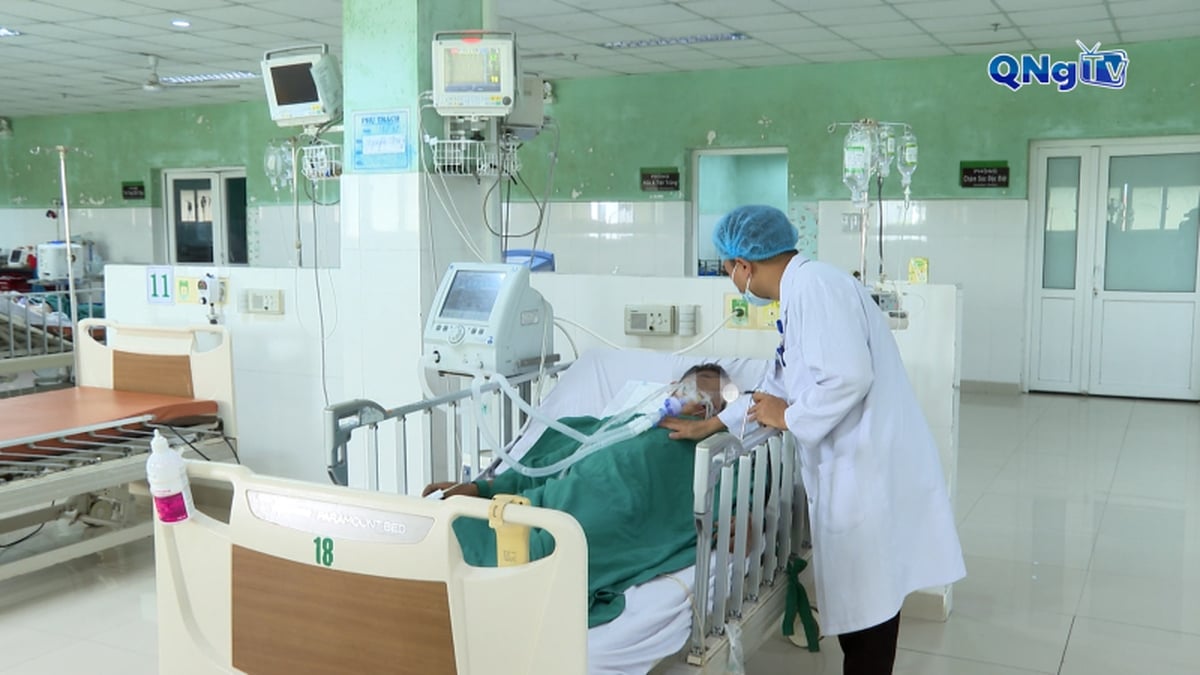


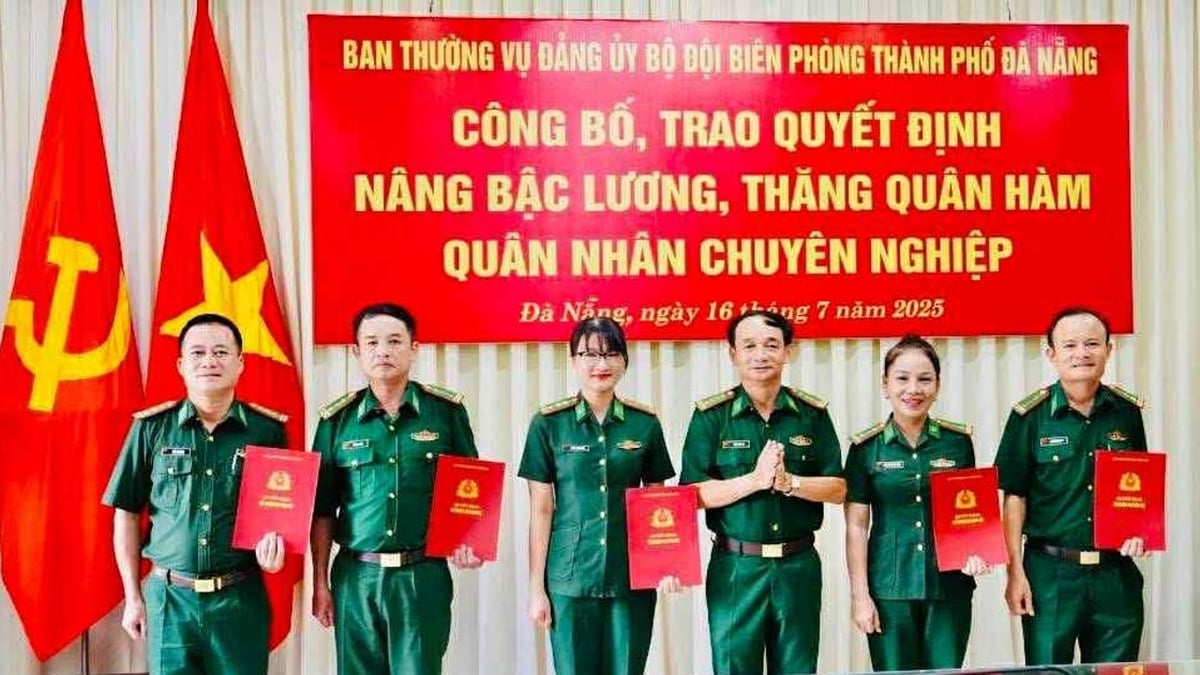










































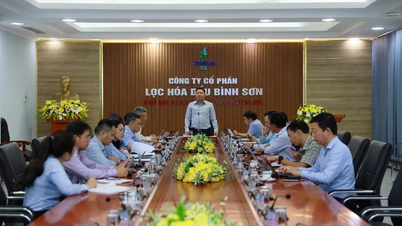
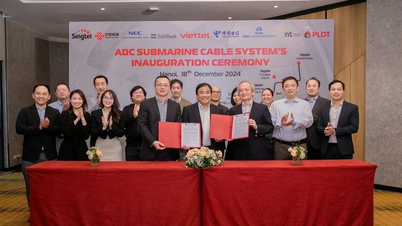

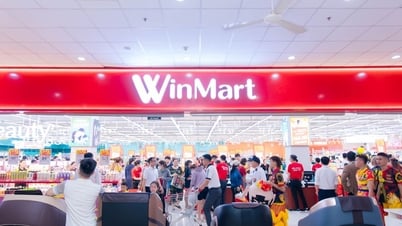

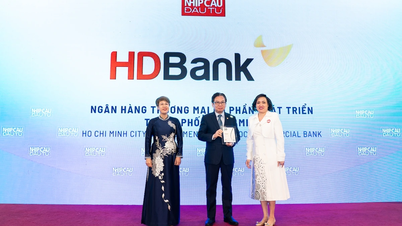




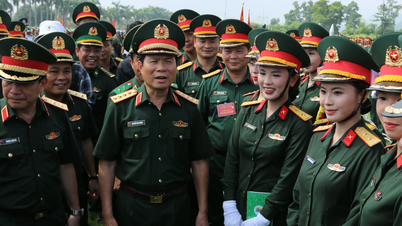

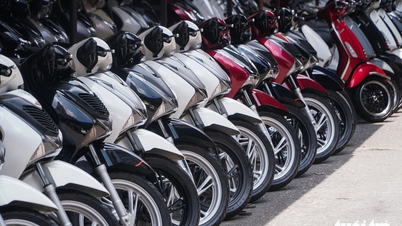
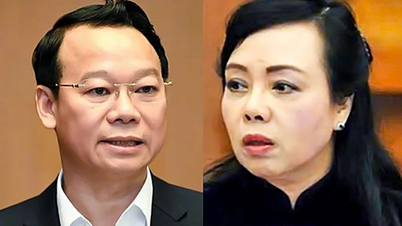
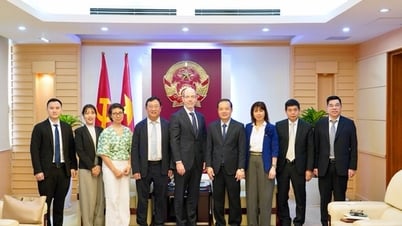



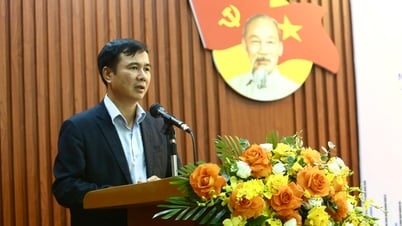

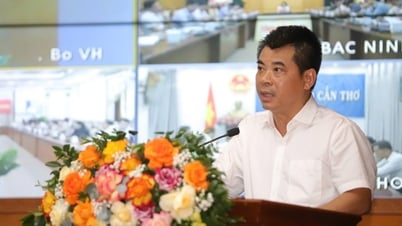
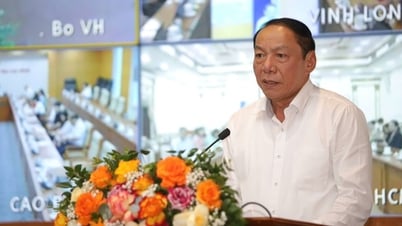

























Comment (0)